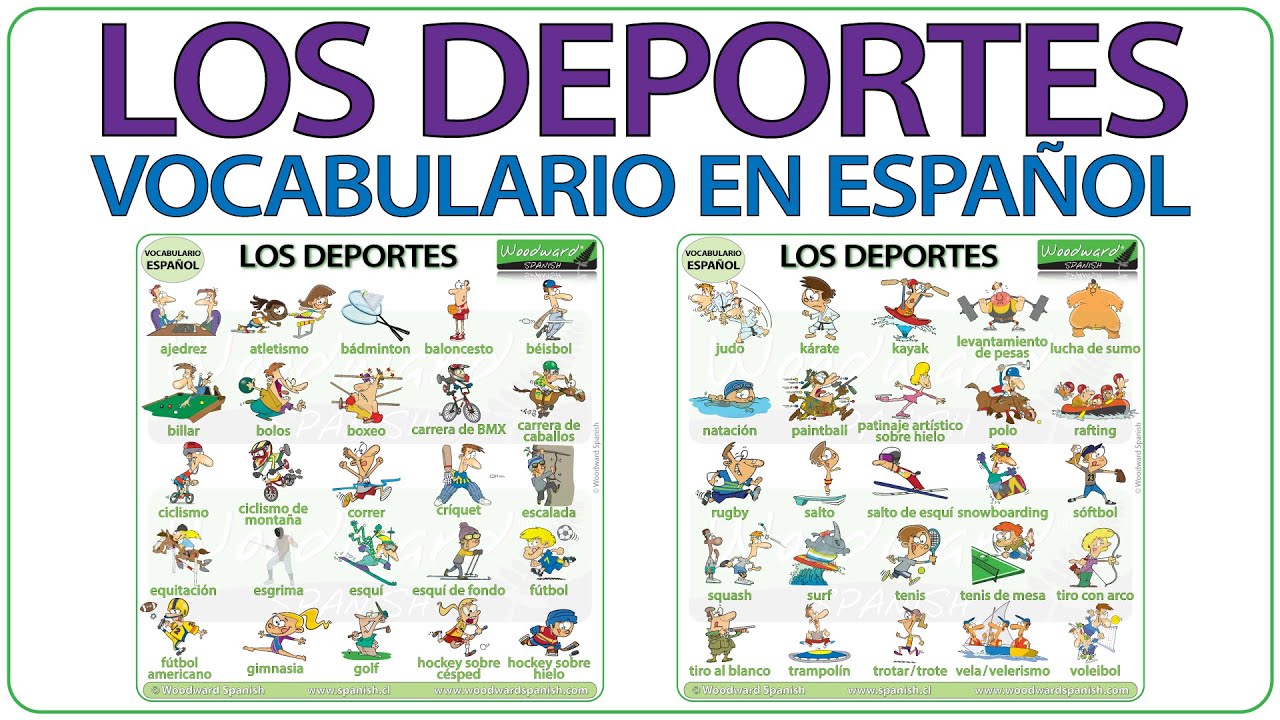Choosing the right homeschool curriculum can feel overwhelming, but it doesn’t have to be. With so many options available, finding the perfect fit for your child’s learning style and your teaching approach is crucial. Whether you’re new to homeschooling or looking to switch things up, understanding the key factors in selecting a curriculum will set you on the right path.
You’ll need to consider your child’s interests, your educational philosophy, and the flexibility of the curriculum. From structured programs to more relaxed, eclectic approaches, there’s something out there for everyone. Jump into this guide to discover how to make an well-informed choice that will benefit both you and your child.
Key Takeaways
- Understand your homeschooling needs by aligning the curriculum with your child’s learning style and your teaching approach.
- Assessing different learning styles (visual, auditory, kinesthetic) helps in choosing a suitable curriculum that enhances your child’s educational experience.
- Consider various curriculum types (traditional, online, eclectic, unschooling) to find one that fits both educational goals and teaching preferences.
- Setting clear educational goals ensures a structured and comprehensive homeschooling experience, aiding in tracking progress and maintaining relevance.
- Evaluate multiple factors such as budget, flexibility, academic rigor, and state regulations to select the optimal homeschool curriculum.
Understanding Your Homeschool Needs
Choosing a homeschool curriculum involves understanding specific needs. It’s essential to align your curriculum with these needs for effective education.
Assessing Your Child’s Learning Style
Identifying your child’s learning style is crucial for curriculum selection. Different children excel with different methods.
Key Learning Styles:
- Visual: Learns best through images and diagrams.
- Auditory: Understands concepts better when explained verbally.
- Kinesthetic: Prefers hands-on learning activities.
Observe your child’s preferences and note which activities engage them the most. Providing suitable materials enhances their learning experience.
Considering Your Teaching Style
Your teaching style impacts how effectively you can deliver the curriculum. Reflect on how you prefer to teach and interact with educational content.
Common Teaching Styles:
- Formal: Structured lessons with clear objectives.
- Relaxed: Flexible approach with spontaneous learning opportunities.
- Mixed: Combination of structured and relaxed methods.
Choose a curriculum that aligns with your natural teaching approach to maintain consistency and enthusiasm in your homeschooling journey.
Setting Clear Educational Goals
Defining educational goals helps track progress and ensures comprehensive education. Set both short-term and long-term goals.
- Specific: Clearly state what you want to achieve.
- Measurable: Ensure there’s a way to assess achievement.
- Achievable: Set realistic targets within your child’s capabilities.
- Relevant: Align goals with educational needs.
- Time-bound: Specify a timeframe for achieving goals.
Regularly reviewing these goals ensures your homeschool curriculum remains relevant and effective.
Types Of Homeschool Curricula
Choosing the right homeschool curriculum depends on your child’s learning style and your teaching preferences. Below are various types of curricula you can explore.
Traditional Curriculum
Traditional curricula resemble public school education in a home setting. They often include textbooks, workbooks, and structured lesson plans.
Key Features:
- Textbooks: Comprehensive coverage for subjects like math, science, history, and literature.
- Workbooks: Practice exercises and assessments to reinforce learning.
- Lesson Plans: Daily schedules to maintain structured learning progress.
Online Curriculum
Online curricula offer flexibility and interactive content. These programs are digital and can be accessed via computers or tablets.
Key Features:
- Interactive Lessons: Engaging videos and quizzes for subjects like math, science, and language arts.
- Accessibility: Available anytime and anywhere with an internet connection.
- Progress Tracking: Automated assessments to monitor your child’s progress.
Eclectic Curriculum
Eclectic curricula blend various educational materials and methods. This approach tailors education to your child’s unique needs.
Key Features:
- Customized Resources: A mix of textbooks, online courses, and hands-on activities.
- Flexible Scheduling: Adaptable to your child’s pace and interests.
- Diverse Methods: Incorporates multiple teaching styles to suit different learning preferences.
Unschooling
Unschooling allows children to lead their learning based on their interests. This child-led approach encourages natural curiosity.
- Interest-Based Learning: Activities and projects derived from the child’s interests.
- Real-World Experiences: Learning through exploration and real-life experiences.
- Flexibility: No formal lesson plans, schedules, or standardized testing.
Explore these options to find a curriculum that best suits your child’s learning style and needs.
Popular Homeschool Curriculum Options
Choosing a homeschool curriculum that fits both your child’s learning style and your teaching style is essential. Here are some popular options to consider.
Curriculum A
Classical Education
Classical Education focuses on three stages of learning: Grammar, Logic, and Rhetoric.
- Grammar Stage (K-4th grade): Foundational skills and basic facts.
- Logic Stage (5th-8th grade): Critical thinking and analysis.
- Rhetoric Stage (9th-12th grade): Advanced reasoning and persuasive communication.
Curriculum B
Charlotte Mason
The Charlotte Mason method emphasizes literature, nature, and habit formation.
- Living Books: Rich, narrative-based books instead of dry textbooks.
- Nature Studies: Outdoor exploration and nature journaling.
- Short Lessons: Brief, focused lessons to maintain engagement.
Curriculum C
Montessori
Montessori incorporates hands-on learning and child-led exploration.
- Prepared Environment: Learning spaces designed for independent exploration.
- Self-Paced Learning: Children choose activities based on interest.
- Practical Life Skills: Emphasis on daily life and sensory experiences.
Curriculum D
Unit Studies
Unit Studies integrate multiple subjects around a central theme.
- Interdisciplinary Approach: Combines subjects like science, history, and language arts.
- Thematic Units: Examples include space exploration, ancient civilizations, or ecosystems.
- Project-Based Learning: Hands-on projects and activities to deepen understanding.
In choosing a curriculum, understand your child’s needs and your instructional preferences to determine which approach aligns best with your educational goals.
Factors To Consider When Choosing A Curriculum
When selecting a homeschool curriculum, several factors ensure the best fit for your child. Consider the following key aspects to guide your decision.
Budget
Homeschooling expenses vary widely. Determine a budget that encompasses all learning materials, including textbooks, workbooks, and online resources.
- Initial Costs: Look at the upfront cost of purchasing a curriculum. Some programs charge a one-time fee, while others have recurring costs.
- Additional Materials: Account for supplementary materials such as science kits, art supplies, or literary books.
- Long-Term Investment: Evaluate if the curriculum can be reused for younger children, offering better value over time.
Flexibility
Flexibility is crucial to a successful homeschooling experience. A versatile curriculum accommodates different schedules and learning paces.
- Self-Paced Learning: Choose programs that allow your child to progress at their own speed.
- Adaptability: Look for curricula that let you tweak lessons to suit your child’s strengths and weaknesses.
- Access to Resources: Ensure the curriculum offers various teaching resources, both online and offline.
Academic Rigor
Assess the curriculum’s academic demands based on your child’s needs and future goals to ensure it challenges them appropriately.
- Core Subjects: Ensure a solid foundation in essential subjects like math, science, and language arts.
- Advanced Options: Look for opportunities to investigate deeper into subjects of interest, including advanced courses or honors programs.
- Educational Goals: Align the curriculum with your child’s long-term academic objectives, whether they aim for college or career readiness.
Alignment With State Requirements
Different states have specific homeschooling regulations. Verify that your chosen curriculum meets these requirements.
- State Guidelines: Familiarize yourself with the homeschooling regulations in your state.
- Documentation: Ensure the curriculum provides sufficient records and assessments to meet state documentation needs.
- Standardized Testing: If required, choose a curriculum that prepares your child for state-mandated standardized tests.
Considering these crucial factors helps you select a homeschool curriculum that aligns with your child’s unique needs and your educational goals.
Pros And Cons Of Different Homeschool Curricula
When choosing a homeschool curriculum, evaluating the pros and cons of each option is essential. Different types of curricula offer unique benefits and challenges that can impact your child’s education.
Pros Of Traditional Curriculum
- Structured Learning: Traditional curricula provide a clear structure, helping you ensure that your child covers all necessary subjects systematically.
- Comprehensive Resources: Textbooks, workbooks, and teacher’s guides are usually included, offering extensive support and guidance.
- Accreditation: Often recognized by educational institutions, traditional curricula can simplify transitions to formal schooling.
Cons Of Traditional Curriculum
- Rigidity: The structured nature can limit flexibility, making it difficult to adapt the pace based on your child’s needs.
- Cost: Traditional curricula tend to be more expensive due to the inclusion of various printed materials and resources.
- Time-Consuming: Preparing and following detailed lesson plans can be time-intensive for you as the educator.
Pros Of Online Curriculum
- Flexibility: Online curricula enable you to set your own schedule and pace, tailoring the experience to your child’s learning style.
- Interactive Learning: Digital tools and multimedia resources engage students, making learning more dynamic and enjoyable.
- Accessibility: Access to up-to-date information and resources is easier, often providing instant feedback and additional support.
Cons Of Online Curriculum
- Screen Time: Excessive use of digital devices may lead to increased screen time, which can have negative effects on your child’s health.
- Technical Issues: Dependence on technology may result in disruptions if you encounter technical problems or connectivity issues.
- Less Personal Interaction: Online learning can lack the personal touch and face-to-face interaction found in traditional teaching methods.
Pros Of Eclectic Curriculum
- Customization: Allows you to mix and match various educational resources to fit your child’s unique learning needs and interests.
- Variety: Offers a diverse array of materials, keeping the learning experience engaging and fresh.
- Adaptability: Easily adjust the curriculum as your child’s interests and educational needs evolve.
Cons Of Eclectic Curriculum
- Overwhelming Choices: The vast selection of resources available can be overwhelming, making it challenging to decide what to include.
- Lack of Cohesion: Without careful planning, the mix of different materials might lead to a disjointed learning experience.
- Time-Intensive: Creating a tailored curriculum from multiple sources requires significant time and effort.
Pros Of Unschooling
- Child-Led Learning: Unschooling focuses on the child’s interests, fostering a love for learning and encouraging self-motivation.
- Flexibility: Provides complete freedom in scheduling and educational activities, allowing for a highly personalized learning experience.
- Critical Thinking: Encourages real-world problem-solving and critical thinking through life experiences rather than formal education.
- Lack of Structure: The absence of a formal curriculum can lead to gaps in essential academic knowledge if not carefully monitored.
- Social Pressure: Deviation from traditional education methods can face scrutiny and disapproval from others.
- Record Keeping: Managing educational progress and meeting state requirements for home education can be challenging without a structured curriculum.
Conclusion
Choosing the right homeschool curriculum is a critical step in your child’s educational journey. By understanding your child’s learning style and your teaching preferences, you can create a conducive learning environment. Consider factors like budget, flexibility, and academic rigor to ensure the curriculum meets your family’s needs. Each curriculum type offers unique advantages and challenges, so weigh these carefully. With the right approach, you’ll be well on your way to providing a rich, personalized educational experience for your child. Trust your instincts and stay adaptable, and you’ll find the perfect fit for your homeschooling adventure.
Frequently Asked Questions
Why is it important to align the homeschool curriculum with a child’s learning style?
Aligning the homeschool curriculum with a child’s learning style ensures that the educational experience is engaging and effective. It helps in better information retention and fosters a love for learning by catering to the child’s natural preferences.
What factors should parents consider when choosing a homeschool curriculum?
Parents should consider budget, flexibility, academic rigor, and alignment with state requirements. These factors will help ensure the curriculum meets the family’s needs and the child’s educational goals.
What are the different learning styles mentioned in the article?
The article mentions various learning styles such as visual, auditory, kinesthetic, and reading/writing. Understanding these styles can help in selecting the most suitable curriculum for a child.
What teaching styles are discussed in the article?
The article discusses different teaching styles tailored to various preferences, including traditional, online, eclectic, and unschooling approaches. Each style has its unique benefits and challenges.
How do educational goals influence the selection of a homeschool curriculum?
Clear educational goals guide parents in choosing a curriculum that aligns with their child’s academic objectives, ensuring that the educational journey is purposeful and goal-oriented.
What are some pros and cons of traditional homeschool curricula?
Traditional curricula often provide a structured and comprehensive approach with plenty of resources. However, they can be costly and less flexible, possibly leading to a one-size-fits-all experience.
What should parents know about online homeschool curricula?
Online curricula offer flexibility and a wide range of resources, but they require reliable internet access and self-discipline. They can also vary in academic rigor and may need additional supplements for a well-rounded education.
What is eclectic homeschooling?
Eclectic homeschooling combines various educational philosophies and resources, allowing parents to tailor the curriculum. It offers high flexibility and personalization but can be time-consuming to plan and implement.
What are the benefits and challenges of unschooling?
Unschooling promotes self-directed learning and fosters creativity and independence. However, it requires a high level of parental involvement and may lack structure, which can be challenging for some families.
How can parents ensure the chosen curriculum meets state requirements?
Parents should familiarize themselves with their state’s homeschooling laws and requirements, which often include specific subjects and record-keeping. Consulting with local homeschool groups or educational consultants can also be helpful.


